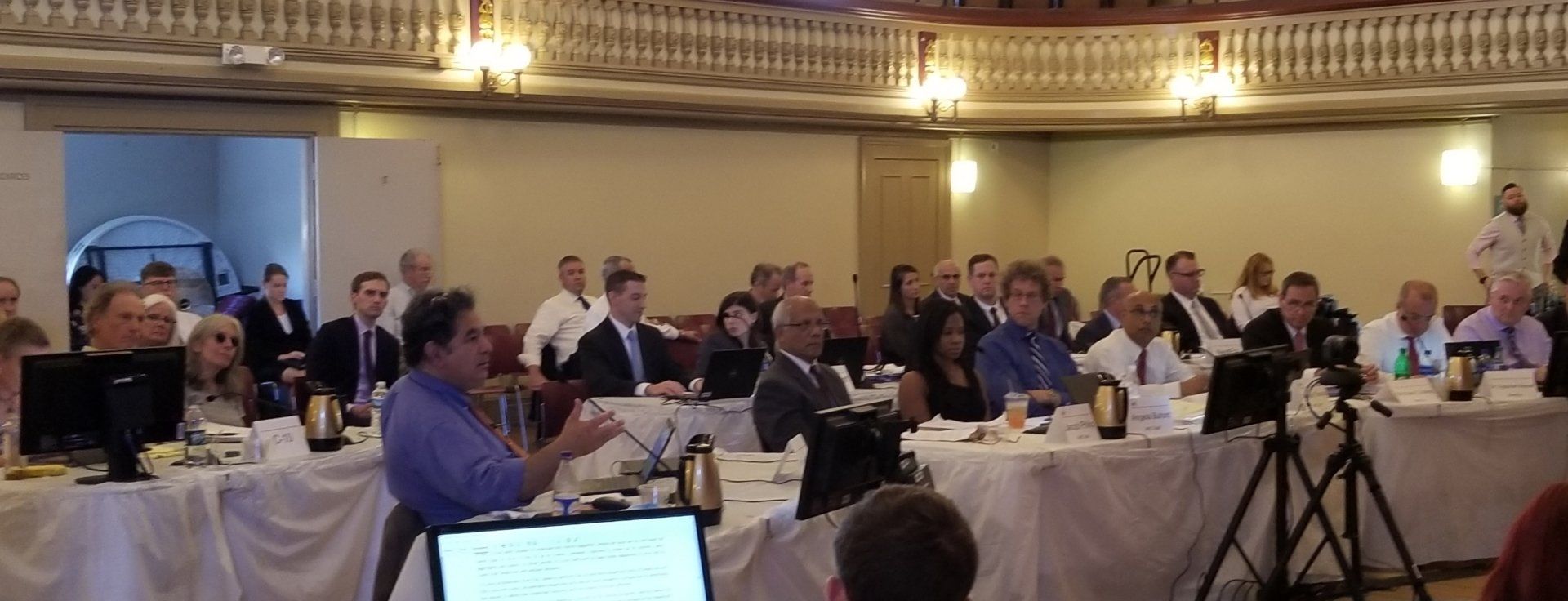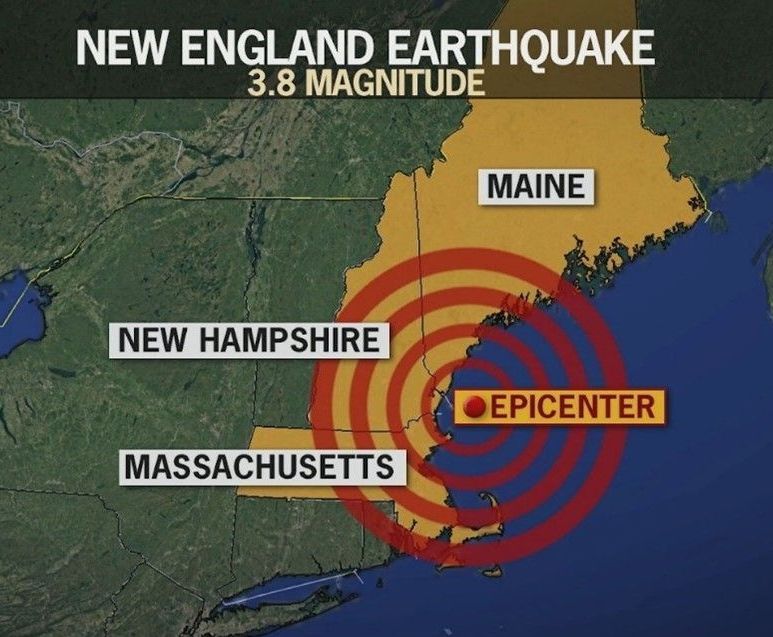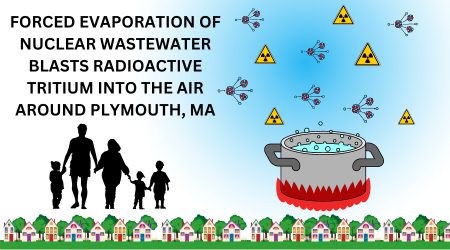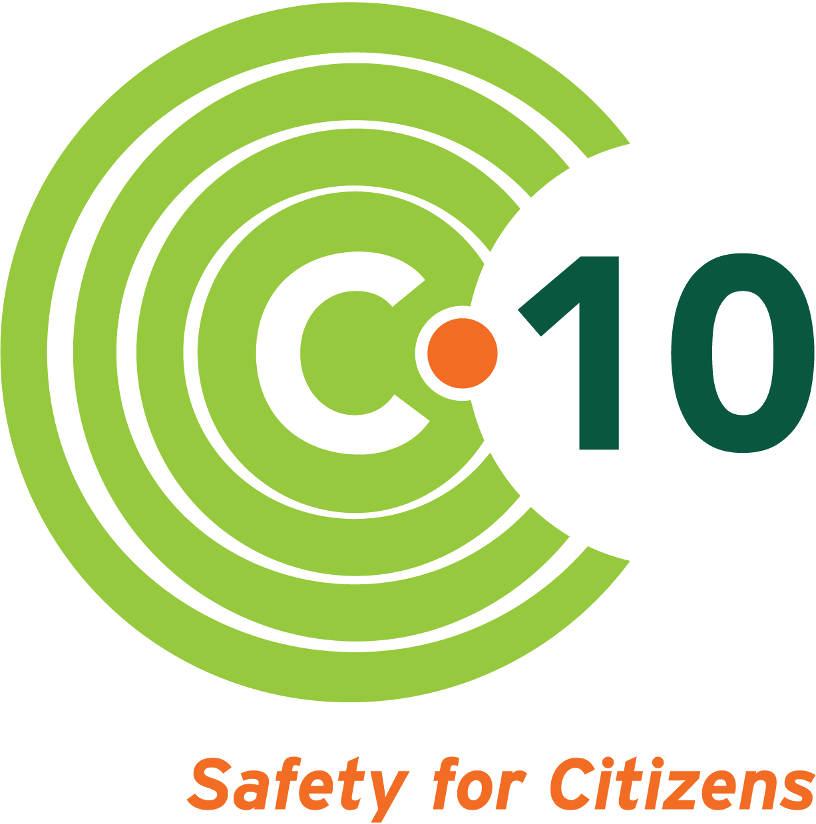C-10 calls out NRC and NextEra’s lack of expertise in Seabrook concrete case
- By Natalie Hildt Treat
- •
- 23 Nov, 2019
Urges atomic judges to send NextEra back to the drawing board

C-10 Research and Education Foundation (C-10), a citizens non-profit focused on the safety of Seabrook Station nuclear power plant, has filed its “Proposed Findings of Fact and Conclusions of Law” with the federal Atomic Safety & Licensing Board (ASLB), citing a lack of expertise on the complex and pervasive concrete degradation phenomenon known as alkali-silica reaction (ASR) by either plant owner NextEra Energy Seabrook, LLC or the U.S. Nuclear Regulatory Commission (NRC) staff that has approved of Seabrook’s handling of the problem.
“This filing is C-10’s attempt to crystallize all that we’ve learned relative to NextEra’s deeply flawed approach to managing Seabrook’s failing concrete, and to convince the ASLB judges that given what is at stake, NextEra should be sent back to the drawing board with its concrete testing, analysis and monitoring protocols,” said Natalie Hildt Treat, executive director of C-10. A redacted version will be available at c-10.org.
“Unfortunately, the NRC Staff’s witnesses did not demonstrate any level of expertise regarding ASR,” said C-10 in the introduction to its November 21 filing. “The only independent expert review of the license amendment request (LAR) to be presented by a qualified ASR specialist was the expert testimony of Dr. Victor E. Saouma on behalf of C-10.”
“Dr. Saouma, a leading international expert on ASR, conducted a comprehensive review of the LAR pro bono, out of his concern that the LAR was not conducted in a manner that followed sound scientific principles, including application of a high level of expertise or independent peer review. His testimony effectively eviscerates the methodology used in the LAR to support NextEra’s claim to understand the severity and extent of ASR now existing in the plant, and that its monitoring program will detect ASR before it begins to pose a significant risk to public health and safety. As Dr. Saouma explains, NextEra’s methodology is grossly over simplistic, misleading, and completely inadequate to support any level of confidence that NextEra will be able to detect unacceptable ASR expansion before it happens,” wrote C-10.
The ASLB, which is a three-judge panel under the NRC, is expected to rule on the case by late January or early February. ASR is an irreversible chemical condition impacting all key structures at the nuclear plant, including the core reactor’s containment enclosure building. Seabrook is the first U.S. reactor known to be suffering from ASR, though its presence has been a factor leading to the closure of at least two other plants, globally.
First detected at Seabrook in 2009, the presence of ASR caused NextEra to submit a license amendment request in which the company sought NRC approval of a concrete aging-management plan. The same plan was included in the Seabrook’s license renewal application. The NRC determined that the plan was sufficient, and in March 2019, granted the LAR and a 20-year license extension to operate the reactor until 2050. These actions were taken in spite of the planned ASLB hearing on Seabrook’s concrete problems that took place the week of September 23, 2019 in Newburyport, Mass.
At the hearing, C-10 attorney Diane Curran told the licensing board that “The biggest concern posed by ASR at Seabrook is this: if severe enough, ASR may weaken concrete safety structures to the point that they crack during an earthquake and release radiation into the environment.”
“The discovery of ASR at Seabrook has presented NextEra and the NRC Staff with three unique and difficult problems,” wrote C-10 in its Proposed Findings of Facts and Conclusions of Law:
- First, ASR is an exceptionally perverse phenomenon, rotting concrete from within. The webs of ASR-caused microcracks and delaminations inside a concrete structure can weaken a large building to the point it is unable to withstand even a moderate earthquake.
- Second, the insidious effects of ASR are invisible to the naked eye and difficult to diagnose. Webs of ASR-caused microcracks and larger delaminations lie beneath the surface, and may not be indicated by surface cracking. And these nefarious effects are not uniform within a concrete structure; instead, ASR is heterogeneous and dependent on such localized conditions as aggregate and sand geochemistry, temperature, and humidity.
- Third, while ASR has for decades been known to exist in numerous structures such as dams and bridges, and while ASR is the subject of a significant body of international research, it is not regulated by the NRC.
The crux of C-10’s contention is that NextEra relied on concrete testing done at a lab at the University of Texas, Austin that was a poor stand-in for the actual concrete that has faced decades of exposure on the New Hampshire salt marsh. In particular, the different mineral components of the test samples are not representative of the particular chemical make-up of Seabrook’s concrete, and thus will not behave in the same manner.
C-10 has been following this problem for the last decade and has submitted previous filings urging the NRC to take the ASR phenomenon more seriously, and to develop federal regulations to govern its handling at nuclear reactors. Coincidentally, the NRC responded just this week to a September 2014 C-10 petition in which the group had requested new regulations to provide better protection against ASR at U.S. nuclear power plants. The agency denied the petition.
“While C-10 was initially admitted as an intervenor in the case in 2017 without the benefit of an attorney or expert witness, we were amazingly lucky that Dr. Saouma, a world-renowned expert on both the chemical and structural aspects of ASR, learned of our involvement and felt so strongly about the importance of this case that he decided to work with us pro bono,” said Treat.
“Dr. Saouma has donated hundreds of hours of his time because he cares about good science, he believes in our case, and he is concerned with the well-being of all who live and work near Seabrook Station. Truly, all of Seabrook’s neighbors owe Dr. Saouma and our attorney Diane Curran, a debt of gratitude for their work on behalf of public safety,” said Treat.
BACKGROUND INFORMATION:
C-10’s Expert and Counsel
Victor Saouma, Professor of civil and structural engineering at the University of Colorado, Boulder, is serving as C-10's expert witness in the case regarding Seabrook's concrete. Saouma's work centers on what he sees as flawed test results that affected the safety analysis underpinning NextEra Energy Seabrook's concrete aging management plans. One of the world’s leading experts on alkali-silica reaction (ASR), Saouma has studied its effects on nuclear reactors—in particular, how the containment structures could be weakened should an anticipated earthquake occur. Saouma has worked for decades on concrete structure and material properties, and has many peer-reviewed technical articles on topics regarding concrete degradation. Saouma has researched ASR at nuclear power plants under contract with the U.S. Nuclear Regulatory Commission. C-10 is being represented by Diane Curran, the nationally-known environmental and nuclear safety attorney.
About C-10
C-10 Research and Education Foundation (C-10) works to protect public health and the natural environment surrounding the Seabrook Station nuclear power plant. C-10’s core service is to operate a field monitoring network to measure airborne radiological emissions surrounding the plant, and has provided this critical service under contract with the Commonwealth of Massachusetts since 1993. C-10 also advocates for upgraded safety and security at Seabrook. More on C-10’s legal challenge relative to Seabrook’s concrete is here.Follow us



